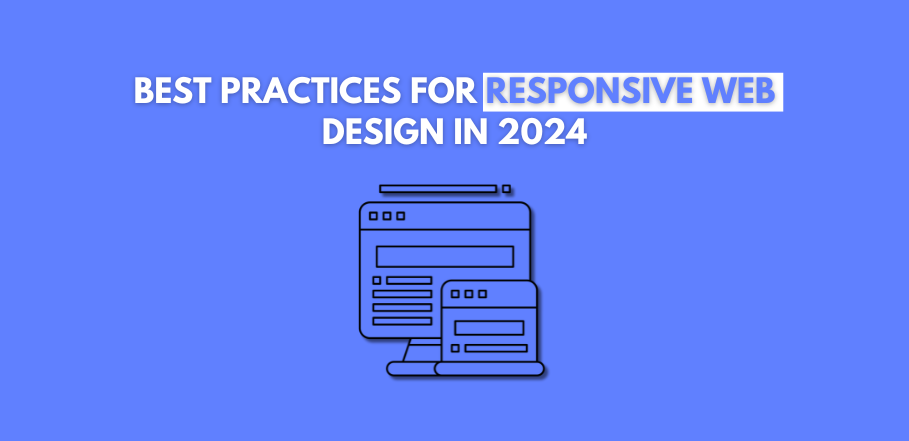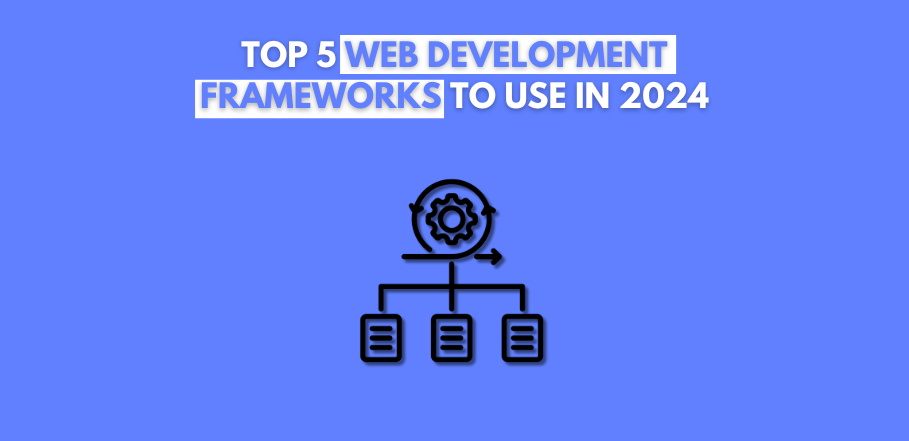
A Detailed Brief of Web Application Development
Web application development is a crucial aspect of modern business strategy, providing dynamic and interactive solutions that enhance user experience and streamline operations. Understanding the fundamentals of web application development, its key components, and best practices can help businesses create robust applications that meet their needs. This detailed brief explores the essentials of web application development, its benefits, and strategies for success.
1. What is Web Application Development?
Web application development refers to the process of creating application programs that reside on remote servers and are delivered to users over the Internet. Unlike traditional desktop applications, web applications do not need to be downloaded and installed; users can access them through a web browser.
2. Why is Web Application Development Important?
Web application development is vital for several reasons:
- Accessibility: Web applications are accessible from any device with an internet connection, providing convenience and flexibility.
- User Engagement: Interactive and dynamic web applications enhance user engagement and satisfaction.
- Efficiency: Web applications can automate tasks, streamline operations, and improve productivity.
- Scalability: Web applications can easily scale to accommodate growing user bases and business needs.
- Cost-Effectiveness: Reducing the need for physical infrastructure and maintenance, web applications can be more cost-effective than traditional software.
3. Key Components of Web Application Development
Web application development is a multifaceted process that includes several key components:
Front-End Development
Front-end development focuses on the client side, dealing with the visual aspects and user interface of the application. Key technologies include:
- HTML/CSS: The building blocks for creating and styling web pages.
- JavaScript: A programming language used to create interactive and dynamic user experiences.
- Frameworks and Libraries: Tools like React, Angular, and Vue.js streamline front-end development and improve efficiency.
Back-End Development
Back-end development involves the server side, focusing on how the application works. Key technologies include:
- Server-Side Languages: Programming languages like Node.js, Python, Ruby, PHP, and Java handle server-side logic.
- Databases: Systems like MySQL, PostgreSQL, MongoDB, and Redis store and manage data.
- APIs: Application Programming Interfaces enable communication between different software components.
Full-Stack Development
Full-stack development encompasses both front-end and back-end development, providing a comprehensive approach to building web applications. Full-stack developers are proficient in all aspects of web application development, from designing user interfaces to managing databases and servers.
DevOps
DevOps involves practices that combine software development (Dev) and IT operations (Ops) to shorten the development lifecycle and deliver high-quality applications. Key practices include:
- Continuous Integration/Continuous Deployment (CI/CD): Automating the process of integrating code changes and deploying applications.
- Infrastructure as Code (IaC): Managing and provisioning computing infrastructure through machine-readable files.
4. Benefits of Web Application Development
Investing in high-quality web application development offers numerous benefits:
- Enhanced User Experience: Web applications provide a seamless, interactive experience that can increase user engagement and satisfaction.
- Accessibility and Convenience: Users can access web applications from any device with an internet connection, providing greater flexibility.
- Cost Savings: Reducing the need for physical infrastructure and maintenance, web applications can be more cost-effective than traditional software.
- Scalability: Web applications can easily scale to accommodate growing user bases and evolving business needs.
- Improved Efficiency: Automating tasks and streamlining operations, web applications can enhance productivity and efficiency.
5. Web Application Development Best Practices
To achieve optimal results with web application development, businesses should follow these best practices:
- User-Centered Design: Focus on creating user-friendly interfaces that meet the needs and preferences of your target audience.
- Responsive Design: Ensure your web application performs well on all devices, including desktops, tablets, and smartphones.
- Performance Optimization: Optimize your application for speed and efficiency, minimizing load times and improving user experience.
- Security: Implement robust security measures to protect user data and prevent cyber threats.
- Scalability: Design your application to scale easily as your user base and business needs grow.
- Testing and Quality Assurance: Conduct thorough testing to identify and fix bugs, ensuring a smooth and reliable user experience.
- Continuous Improvement: Regularly update and improve your web application based on user feedback and technological advancements.
6. The Future of Web Application Development
Web application development is constantly evolving, with new trends and technologies shaping its future. Key trends to watch include:
- Progressive Web Apps (PWAs): Combining the best of web and mobile apps, PWAs offer fast, reliable, and engaging user experiences.
- Artificial Intelligence (AI) and Machine Learning (ML): Integrating AI and ML to enhance functionality and provide personalized user experiences.
- Serverless Architecture: Reducing the need for server management and allowing developers to focus on writing code.
- Blockchain Technology: Enhancing security, transparency, and data integrity in web applications.
- Internet of Things (IoT): Integrating web applications with IoT devices to provide innovative solutions and services.
Conclusion
Web application development is a vital component of building a robust online presence and achieving business success. By understanding the key components of web application development and implementing best practices, businesses can create dynamic, interactive applications that meet their needs and exceed user expectations. At EZ Brand Builders, we specialize in helping businesses navigate the complexities of web application development and achieve their digital goals. By investing in high-quality web application development, businesses can build strong, recognizable brands that thrive in the competitive digital landscape.








